Central America
Witness details how weapons entered prisons during the truce
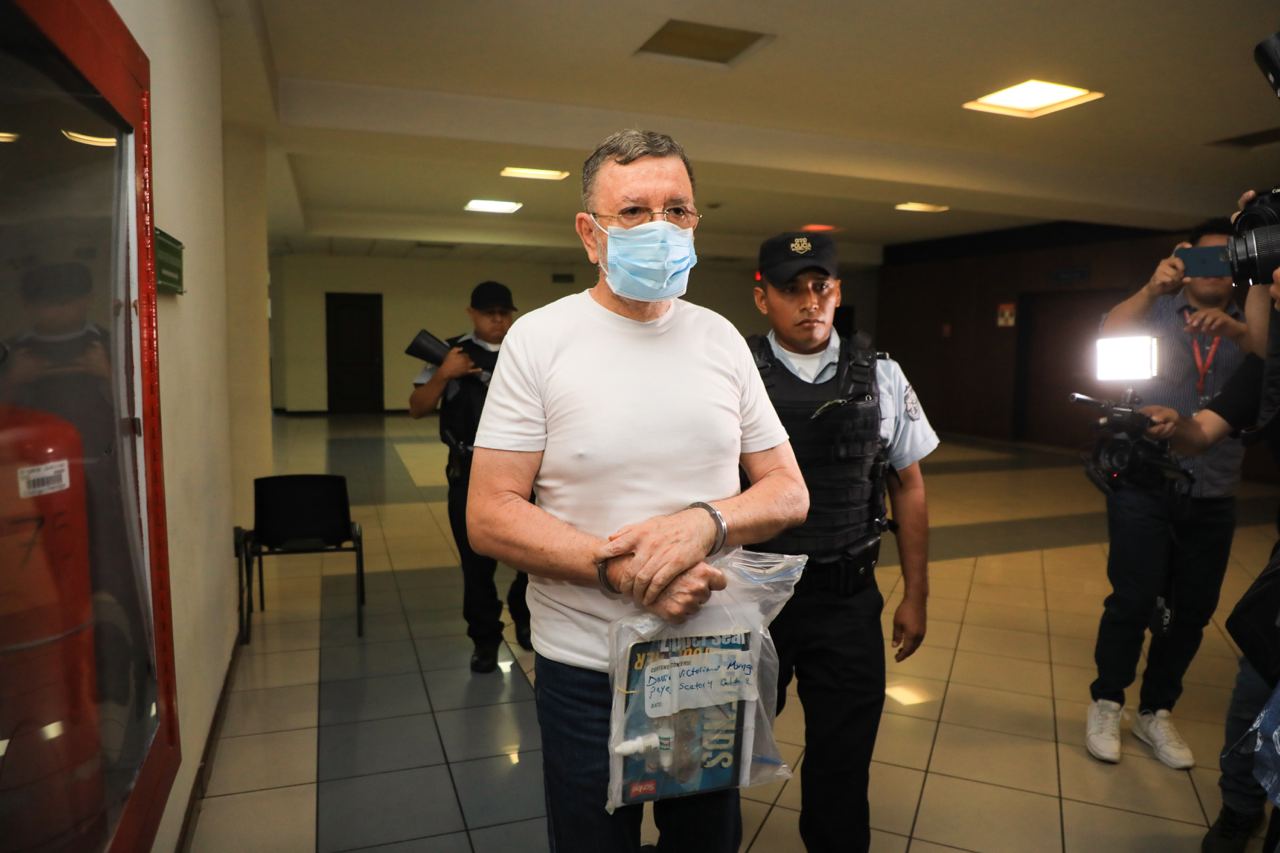
May 2 |
Today, this public hearing continued with the appearance of the first six of 42 witnesses, the Specialized Sentencing Court C, in San Salvador, continued, this Tuesday, with the public hearing against former President Mauricio Funes and former Minister of Security, David Munguía Payés, in the case “Truce between gangs”, through which the FMLN government granted benefits to the gangs in exchange, allegedly, to stop attacking the Salvadoran population.
Among the first six witnesses are the heads of the monitoring and intelligence center, and the deputy directors of security at the Izalco prison in Sonsonate and the Zacatecoluca prison in La Paz. All the witnesses are part of a group of 30 people summoned by the Attorney General’s Office.
The six witnesses confirmed the granting of benefits for gang members held in both prisons and meetings to plan, together with the leaders in prison, the actions of the gang members who were on the street, all of which were endorsed by Munguia Payes and the former president.
“I want to denounce seven illegal acts committed by the authorities of the prisons, the Ministry of Security and the government during the period of the truce: One was the entry of mediators without registration; the departure of gang members, clique leaders, to other prisons to meet with other leaders; intimate visits without due permission and procedure; the entry of discos to entertain parties inside the prison; the entry of scantily clad dancers; the simulation of searches and the removal of machines that had information on everything carried out in the prison,” said the former deputy director of security at the Izalco prison.
According to the witness, all of these actions were endorsed by the director of the prison, Juan José Zepeda, and the director of prisons, Nelson Rauda, who received orders from both defendants.
“These people asked the so-called mediators of the truce, who at the beginning were Monsignor Fabio Colindres, Raul Mijango, Roberto Diaz and various street gang leaders, to enter without going through the three security rings,” the witness said.
As well as the deputy director of security at the Izalco prison, one of the people in charge of the monitoring and intelligence center at the prison also pointed out how the mediators, and those who met with the gang members, brought food and objects to Fabio Colindres, Raul Mijango, Roberto Diaz and Father Toño, as Antonio Rodriguez Tercero, a Passionist priest, is known.
In addition to detailing how these weapons would have been brought into the Izalco prison, through the punching bag, both said that the supposed mediators always arrived with briefcases and bags and that when they tried to be searched, they always made calls so that the security guards in charge of the prisons would be ordered to let them pass without any procedure or review.
“On one occasion a simulated search was carried out, these were not programmed, on that occasion 50 cell phones were located in sectors 1 and 2 of the Izalco prison, however, none of these were reported, and at the end of the search all were returned to the gang members,” said the deputy director of security at the Izalco prison.
The Specialized Sentencing Court C of San Salvador expects the public hearing to last five days. During this period, 30 witnesses are expected to appear, and one of Munguia Payes’ defense attorneys has reported that they will present between 10 and 12 witnesses to refute the accusation.
Central America
Arrests and clashes in Tegucigalpa as vote count continues after Honduras election

Protesters affiliated with the ruling Liberty and Refoundation Party (Libre) gathered in a demonstration that led to several arrests, disturbances, the burning of tires, and left at least 15 people injured outside the center where votes from Honduras’ November 30 general election are still being counted.
The group assembled on Monday outside the National Institute for Professional Training (INFOP) in Tegucigalpa, after President Xiomara Castro called on supporters through social media, claiming that a “new coup d’état” was being plotted in Honduras.
“I call on the people, social movements, grassroots organizations, party militants and citizens to urgently and peacefully gather in Tegucigalpa to defend the popular mandate, reject any coup attempt and make it clear to the world that a new coup is taking shape here,” the president said.
Castro has stated that she does not recognize the partial election results, which currently place right-wing candidate Nasry Asfura in the lead with 40.54% of the vote, followed closely by liberal candidate Salvador Nasralla with 39.20%. The ruling party’s candidate, Rixi Moncada, remains in a distant third place with 19.30%, with no realistic chance of a comeback.
Both the Libre Party and the Liberal Party, led by Castro and Nasralla respectively, have alleged electoral fraud. On Tuesday, the two parties agreed to participate in the special review panels that the National Electoral Council (CNE) says will finalize the count by reexamining 1,081 polling records flagged for irregularities.
Former president Manuel Zelaya, Castro’s husband and a senior figure within Libre, said last week that according to his party’s own nationwide tally of presidential ballots, Nasralla—a former Libre member—won the election.
Central America
Bukele says AI partnership with xAI will transform public education in El Salvador
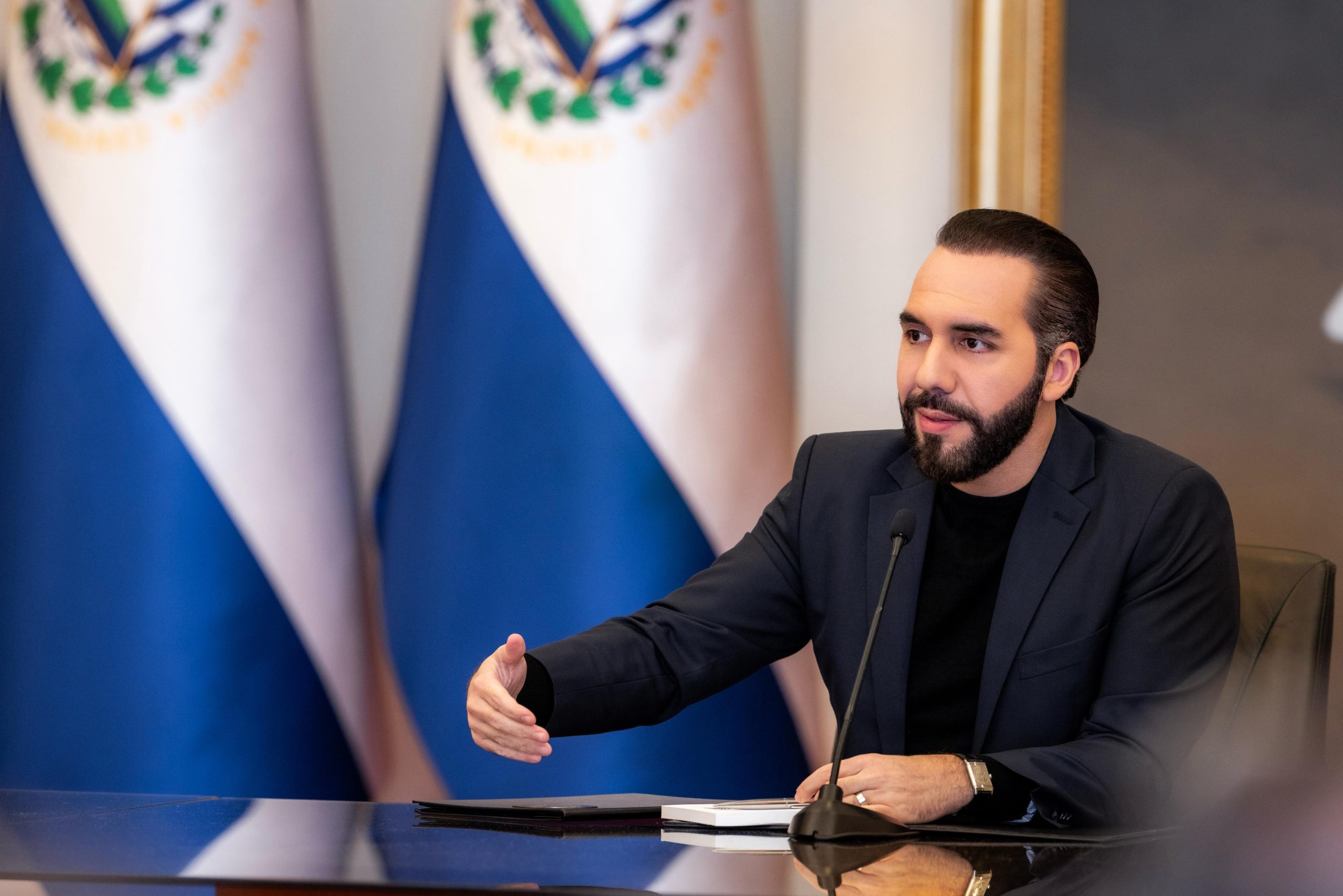
President Nayib Bukele stated on Monday that the implementation of Artificial Intelligence (AI), with the support of Elon Musk’s company xAI, will help redefine the future of public education in El Salvador.
“El Salvador and xAI will redefine the future of public education. Children will not use Grok the same way we use it,” the president wrote on X.
Last week, Bukele and Musk announced a partnership to provide personalized tutoring through the AI assistant Grok for all students enrolled in public schools across the country.
This pioneering alliance between the Government of El Salvador and xAI represents the launch of the world’s first national education program powered by artificial intelligence.
“Grok will be used in all public schools in El Salvador over the next two years. More than one million students will receive personalized tutoring. Thousands of teachers will receive assistance and support as partners in the educational process,” the president explained.
Meanwhile, FMLN Secretary General Manuel Flores described the incorporation of AI into public school education as “reckless,” arguing that many schools still lack basic services such as electricity and internet access.
“Schools do not even have desks. They said: ‘All schools will have internet’; that promise was not fulfilled. And others used to say: ‘The only promises that matter are the ones that are kept,’” Flores said during his regular Monday press conference.
Flores questioned who would teach artificial intelligence classes, noting that in some areas schools lack televisions or electricity. “How are they going to have internet? Starlink [satellite internet service] has already been announced five times,” he added.
He further labeled the AI-driven education program promoted by President Bukele as “another lie,” comparing it to the “Two Schools a Day” initiative, which he claimed is “pure propaganda.”
The “Two Schools a Day” program was announced earlier this year and involves the construction or reconstruction of public schools nationwide to improve educational quality. The project is being implemented by government institutions such as the National Directorate of Municipal Works.
Central America
El Salvador ranks among top countries in the Americas in fight against organized crime
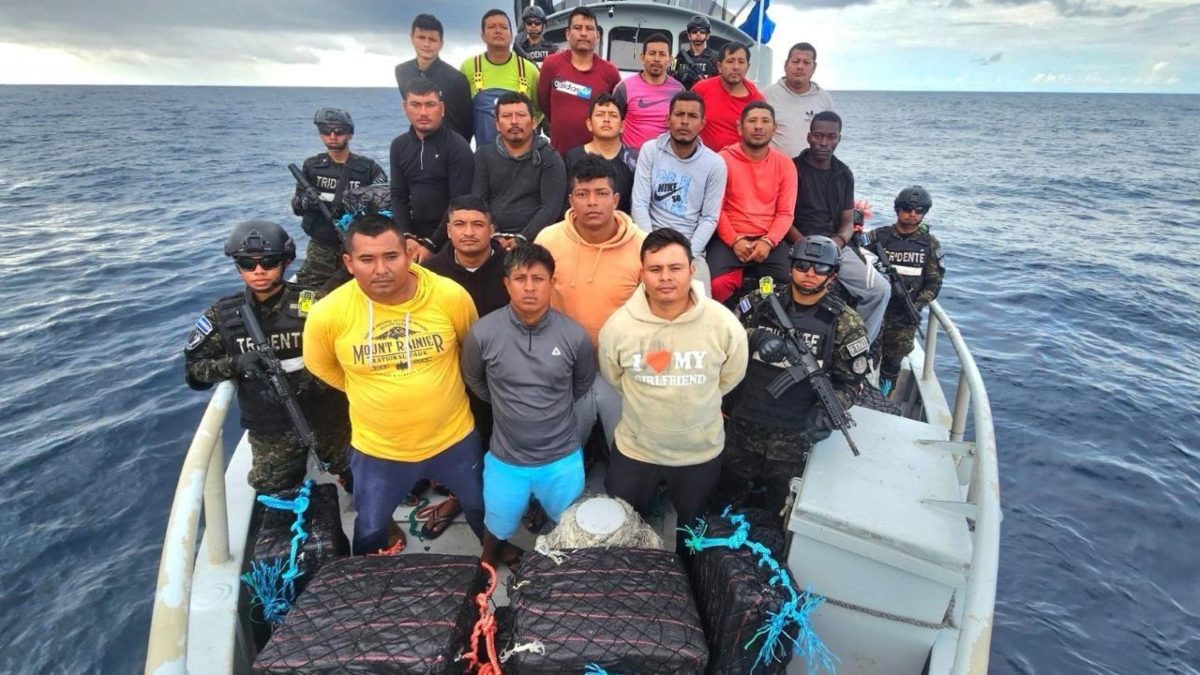
El Salvador has positioned itself as the country in the Americas with the strongest performance in the Global Organized Crime Index (GOCI), ranking 18th out of 35 countries in the region and 77th out of 193 nations worldwide that are engaged in the fight against organized crime.
According to the index, El Salvador outperforms Mexico, which ranks 2nd in the Americas and 3rd globally, as well as the United States, which holds the 14th position in the Americas and 60th worldwide.
The Global Organized Crime Index evaluates multiple indicators, including criminal markets, human trafficking and smuggling, extortion, arms trafficking, counterfeit goods trade, illicit trade in excisable goods, environmental crimes involving flora and fauna, crimes against non-renewable resources, heroin, cocaine, cannabis and synthetic drug trafficking, cyber-dependent crimes, financial crimes, mafia-style groups and criminal networks.
Within Central America, El Salvador surpasses Panama, which ranks 8th in the Americas and 21st globally; Costa Rica, ranked 13th in the region and 58th worldwide; Nicaragua, ranked 16th and 69th; Honduras, positioned 5th in the Americas and 13th globally; and Guatemala, which holds 9th place in the Americas and 25th worldwide.
Belize is the only Central American country ranked above El Salvador, placing 23rd in the Americas and 103rd globally. However, while El Salvador climbed 25 positions compared to its 2023 ranking—improving from 52nd to 77th—Belize dropped three positions, moving from 106th in 2023 to 103rd in the current index.
El Salvador’s progress in combating organized crime also surpasses that of several countries across the Americas, including Venezuela, Colombia, Ecuador, Brazil, Peru, Chile and Paraguay, all of which rank lower both regionally and globally.
-
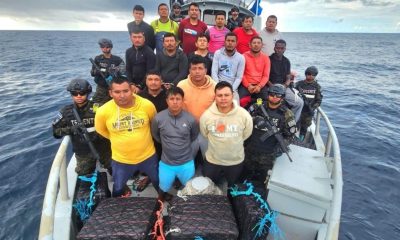
 Central America4 days ago
Central America4 days agoEl Salvador ranks among top countries in the Americas in fight against organized crime
-
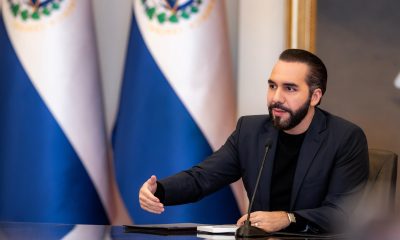
 Central America4 days ago
Central America4 days agoBukele says AI partnership with xAI will transform public education in El Salvador
-
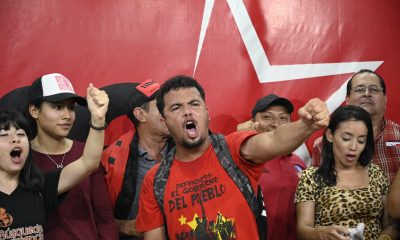
 Central America3 days ago
Central America3 days agoArrests and clashes in Tegucigalpa as vote count continues after Honduras election
-
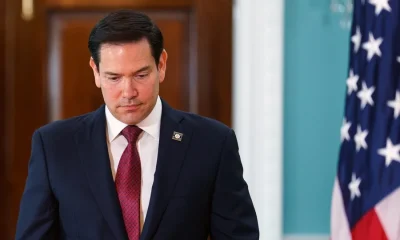
 International3 days ago
International3 days agoRubio rules out 2028 presidential bid if Vance runs
-

 International1 day ago
International1 day agoShakira’s El Salvador concerts sell out in hours, fans demand more dates
-

 International1 day ago
International1 day agoTrump moves to reclassify marijuana as less dangerous substance
-

 International3 days ago
International3 days agoAuthorities search for armed and dangerous suspect in fatal Brown University attack
-

 International8 hours ago
International8 hours agoArgentina detects first local cases of Influenza A (H3N2) Subclade K
-

 International8 hours ago
International8 hours agoPentagon confirms Trump pick for SouthCom as U.S. military pressure grows




























